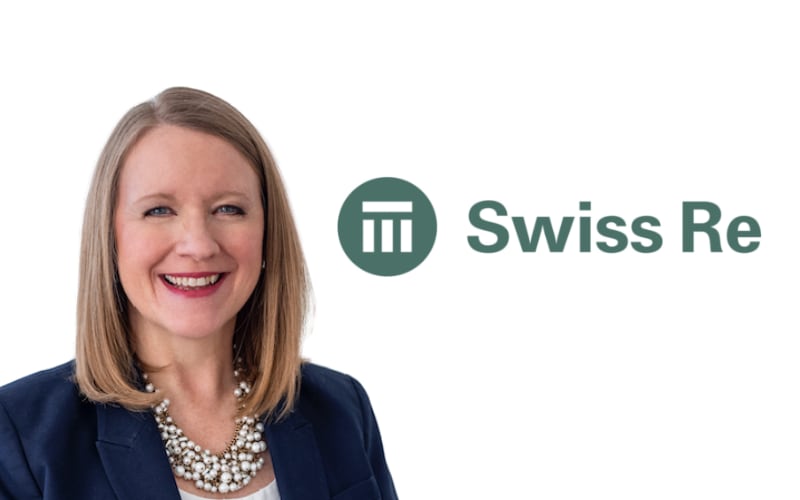As the property and casualty (P&C) insurance industry meets at the 2023 annual APCIA conference, we spoke with Monica Ningen, CEO of P&C Reinsurance US at Swiss Re, about the state of the market and what to expect heading into 2024.
 “From a property standpoint, we have a pretty orderly market,” said Ningen. “Capacity is available at around the right price. So, there’s still price momentum and price movement happening there, and both parties are acting pretty diligently in terms of how they deploy capacity and where they deploy capacity. Ultimately, we continue to see that as a pretty positively developing market.”
“From a property standpoint, we have a pretty orderly market,” said Ningen. “Capacity is available at around the right price. So, there’s still price momentum and price movement happening there, and both parties are acting pretty diligently in terms of how they deploy capacity and where they deploy capacity. Ultimately, we continue to see that as a pretty positively developing market.”
Ningen explained that it’s important to consider that for reinsurers like Swiss Re, there’s a need to have an adequate return commensurate with the risk, which itself continues to rise.
“We think there will continue to be this momentum there. It’s not going to be anything like it was in the last renewal season, but we continue to see that evolving positively from a rate standpoint, and primarily driven by the fact that you still see primary companies making significant amounts of rate,” said Ningen.
As a result of the losses that are developing in the property market, currently, the vast majority, if not all lines of business are getting significant rate in the primary market.
“From a reinsurance standpoint, although the first half of the year was a pretty benign year in terms of losses, the performance for six months doesn’t undo the last five to six years of underperformance,” continued Ningen.
While rate is one part of the equation, the other piece that comes into play, notably from a property catastrophe standpoint, is the conversation around contract wording and the non-concurrency witnessed in the market last year.
“Several brokers have come out requesting we try to improve consistency of the market contract. From Swiss Re’s view, we had quite a few items that went into an I&L last year. There’ll be a question of what do the market contracts look like this year and can we gain greater concurrency. I know that’s one of the goals that the brokers have,” said Ningen.
Terms and conditions were a focus throughout 2023, and while retentions moved pretty significantly, Ningen stressed that not all retentions moved to the same magnitude.
“There were some companies that came into the market that said we understand where we need to get to, but we want to do it over two years. So, step one was made last year, step two will be made this year. But it’s not a one size fits all. Some companies said yes, we get it, we understand what’s needed and they made the jump in one year, and other companies will make it in two,” she explained.
Interestingly, Ningen underlined the importance of looking at recent changes to retentions as a lesson for the industry.
“We got to that situation because the last 10 years before that there wasn’t very good diligence of moving attachment points up as portfolios grew. Inflation flowed through primary company balance sheets, and they didn’t have to move attachment points because reinsurers had available capacity and took the capacity at the lower end of programmes.
“But what we should get to as an industry, and what primary companies should think, is how do they increase the retentions maybe every other year by a small amount. That’s a long-term sustainable situation for the industry, so that we don’t find ourselves in the situation that we were in last year,” said Ningen.
Given climate change and the recent loss environment, property has been the focus for many players, but increasingly, challenges in the casualty space are at the forefront of discussions.
“At Swiss Re, we’ve been talking about this for a long time. It’s something that’s constantly been on our radar,” said Ningen. “I think what’s changed is that primary companies that were historically very confident in the performance of their portfolios in more recent years, particularly, 2020, 2021, or 2022, are starting to see losses come through that were maybe higher than what they had projected.”
“It’s not just Swiss Re anymore, it’s a lot of other carriers that are now casting doubt on some of those more recent years. It’s really just uncertainty. It’s a cloud, it’s not a situation where companies are confidently saying that they have those years fixed. And so, that’s just causing the industry to take pause a little bit and start talking about the underlying products and are we as an industry costing for the product that we’re selling,” she added.


